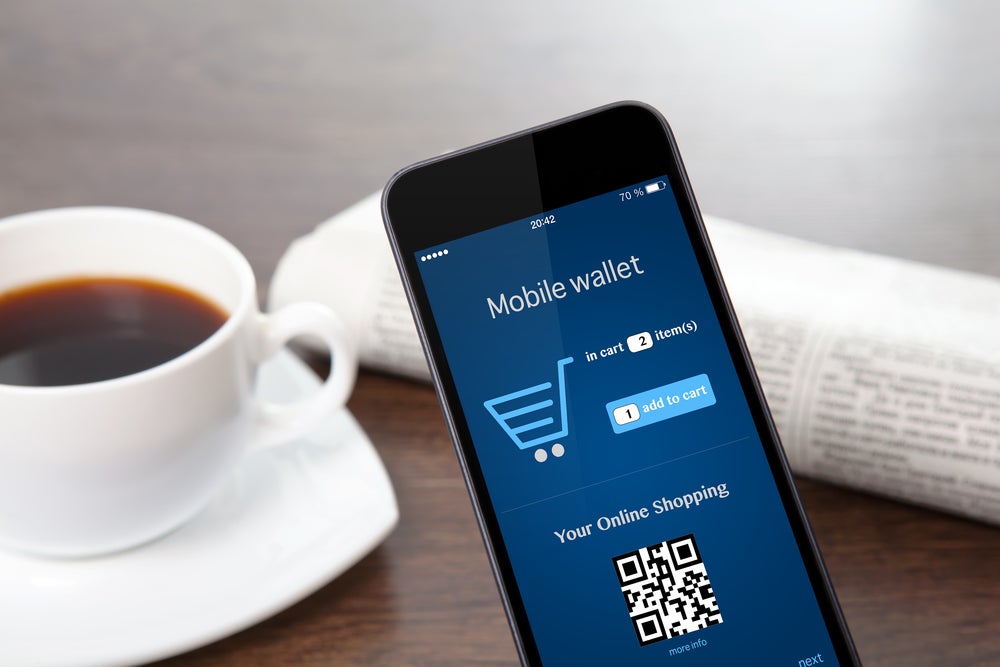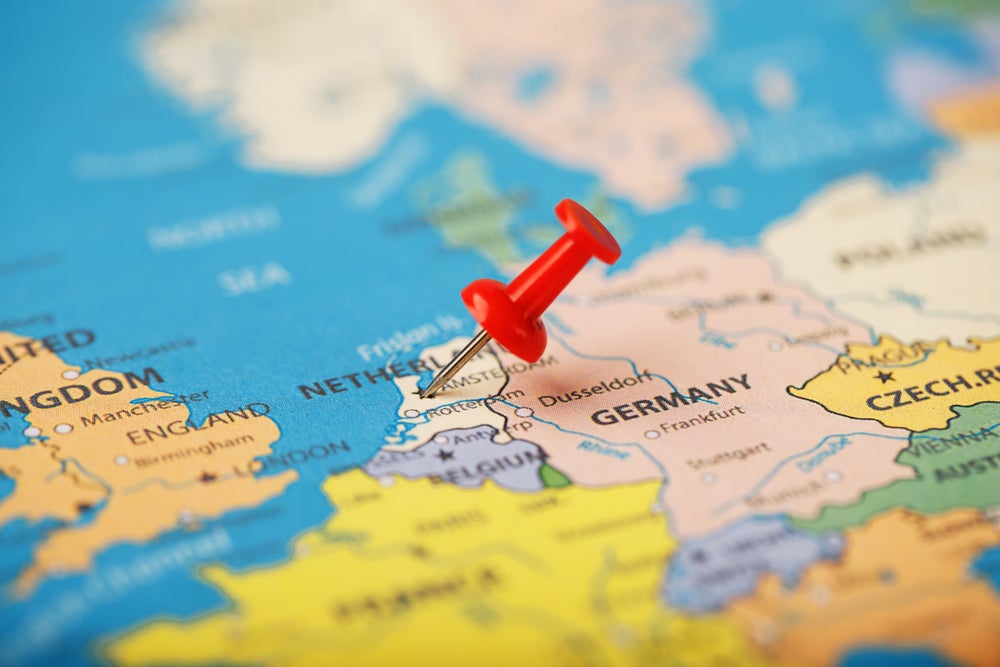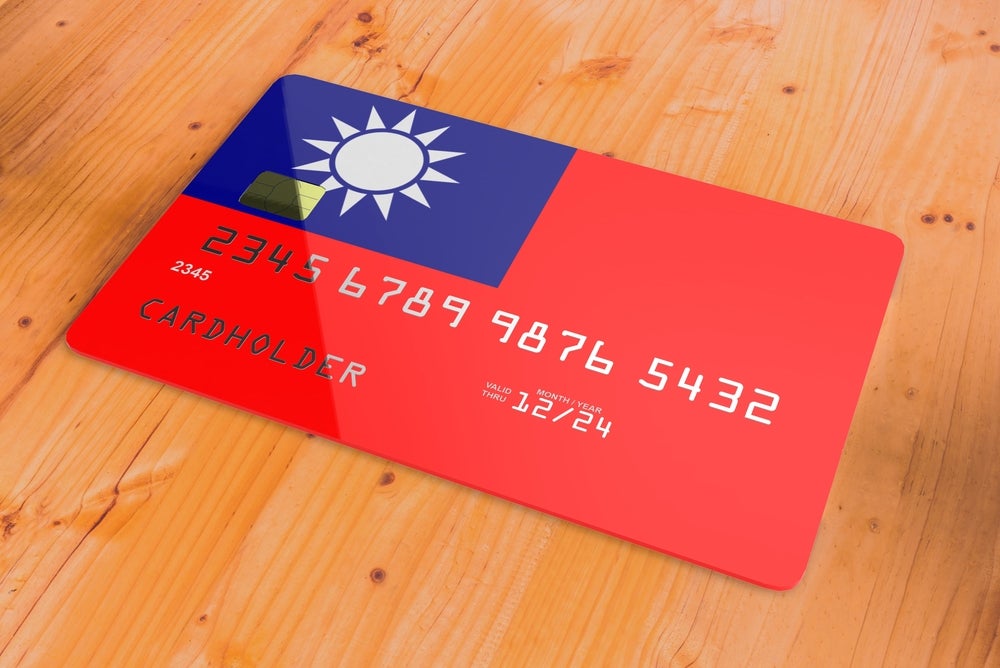planet, the mobile phone is one of the wonders of modern
technology. Now with the backing of the GSM Association, mobile
carriers and major payment industry players, the mobile phone is
set to become a mobile wallet for billions of users
communications, or GSM, used by more than 2.4 billion mobile phone
users worldwide, take on a new role as the global system for mobile
payments? The GSM Association (GSMA), a body representing 924
mobile network operators (MNOs) in 218 countries and regions,
believes it will. Indeed, the GSMA has predicted that initiatives
that form part of its Mobile Money Transfer (MMT) programme in the
global remittance market will provide the momentum to make 2008 “a
seminal year” for mobile payments.
affordable service network that will enable consumers to send and
receive low-denomination, high-frequency money transfers to and
from any where in the world using their mobile phones as mobile
wallets (m-wallets). “We aim to reduce the cost of global
remittances from the current 10 percent to 24 percent [of the
remittance amount] to between 4 percent and 6 percent,” the GSMA
director responsible for the MMT programme, Gavin Krugel, told
EPI.
harnessing the resources of two major players in the global
payments market, MasterCard and Western Union.
Pilot programmes underway
The first GSMA initiative was launched in February 2007 in
conjunction with MasterCard to test various payment card products
and international transaction switching, clearing and settlement
via MasterCard’s global processing platform with the aim of
developing a service called MoneySend. The platform is capable of
processing transactions at 120 milliseconds per transaction in 210
countries and territories using 160 different currencies. Trials
remain ongoing and a commercial rollout is still about a year off,
said Krugel.
largest remittance service supplier, was formed in October 2007 and
followed an approach from the GSMA. “Our proposal was that they
could complement their existing services and expand their business
by addressing consumers who remit under $100,” said Krugel.
Western Union seized the opportunity and in October 2007 launched
its first pilot programme in conjunction with Bharti Airtel, an
Indian MNO boasting 51 million customers. The pilot is focused on
enabling Indians living abroad to send remittances to their
families in India. The GMSA MMT programme’s working group steering
committee is chaired by Bharti Airtel’s chairman and MD, Sunil
Mittal.
Western Union’s second move in the mobile remittance market came in
January when it formed alliances with Philippines wireless
communications companies Smart Communications and Globe Telecom to
facilitate low-value, high-frequency cross-border remittances by
the more than eight million Filipinos working abroad.
How well do you really know your competitors?
Access the most comprehensive Company Profiles on the market, powered by GlobalData. Save hours of research. Gain competitive edge.

Thank you!
Your download email will arrive shortly
Not ready to buy yet? Download a free sample
We are confident about the unique quality of our Company Profiles. However, we want you to make the most beneficial decision for your business, so we offer a free sample that you can download by submitting the below form
By GlobalDataExperienced partners
In its alliances Western Union teamed up with partners that have
already gained considerable experience in the mobile banking and
payments markets. Smart Communications can lay claim to having
launched the world’s first global, mobile phone-based cash
remittance service, Smart Padala International. Smart Padala is
linked to Smart Money, a service launched in 2001 in partnership
with MasterCard. Smart Money enables users to transfer money from a
bank account to a Smart Money account, make payments to merchants
using a MasterCard Smart Money debit card and transfer cash from
one Smart Money card to another via SMS.
Globe Telecom mobile payment service GCASH, which was launched in
2004, is SMS-based but is not linked to a card. GCASH facilitates
domestic and international cash transfer, payments for small value
items such as boat fares, food and mobile prepaid credits and bill
payments to utility companies, internet service providers,
insurance companies, schools and universities
Technology for Smart Communications’ services was developed by CFG
Group, a consumer electronic payments software developer that has
its core research and development team based in Auckland, New
Zealand. Technology for GCASH was developed by Australian mobile
technology vendor Utiba.
Bharti Airtel has as a key partner mobile telecommunications
technology developer Bharti Telesoft, a fellow subsidiary of Indian
conglomerate Bharti Enterprises. Notably, in January 2008 Bharti
Telesoft received the Golden Peacock Innovation Award for its
mobiquity mobile banking platform from the Indian Institute of
Directors, a body dedicated to improving competitiveness of Indian
business. The panel of 40 judges included former Canadian prime
minister Joe Clark and former Swedish prime minister Ola Ullsten.
Adding to Bharti Telesoft’s credentials its mobiquity platform
forms the core of UK bank Barclays’ Indian unit’s Hello Money, a
mobile banking service launched in March 2008.
Telesoft, Utiba and CFG Group are just three of many technology
vendors eager to meet the needs of service providers entering the
mobile banking and payments market. Indeed, there has been a
proliferation of new mobile payment technology vendors as a recent
vendor analysis by the GSMA revealed. “There are now 58 mobile
payments technology vendors,” said Krugel. However, the GSMA
believes only 32 “are worth doing business with”, he added.
At present, continued Krugel, the GSMA rates South African-based
Fundamo as “the world’s leading mobile payments technology
developer”. Other top contenders include CFG Group and Bharti
Telesoft, he added. The GSMA’s vendor working group consists of 24
vendors. Notably Fundamo’s CEO Hannes van Rensburg told EPI in a
recent interview that the company “has a very strong relationship
with Western Union”.
Fundamo has also been chosen by the GSMA to partner with technology
consultancy and outsourcing services provider Accenture to deploy
the platform for its Market Acceleration Programme (MAP). Krugel
explained that the MAP was developed as a pilot project to promote
the use of m-wallets by MNOs.
Technology winners emerging
In essence the MAP allows MNOs the opportunity to test and develop
m-wallet services with low risk and low entry price. The MAP pilot
is open to 20 MNOs in 2008 and will enable them to offer up to
1,000 customers a fully functional m-wallet for up to six months.
In addition to the MAP pilot 35 GSMA members participating in the
MMT programme are engaged in various live trials and product
launches. These MNOs serve 1.4 billion subscribers in over 100
countries.
The GSMA has also appointed a consultancy firm to create what
Krugel termed a knowledge kit aimed at providing MNOs with
information on key m-wallet considerations such as selecting a
vendor and building a business model.
MNOs are also confronted by a number of technology choices that
include wireless application protocol, unstructured supplementary
services data phase 2 (USSD2) Java (J2Me), SIM toolkit (STK) and
SMS. However, Krugel explained that the “two clear winners”
emerging are STK and USSD2 used by Fundamo and Bharti Telesoft,
respectively. “Their way of thinking is becoming mainstream and is
being adopted widely,” he added.
In essence STK enables a MNO to create and provision m-wallet
services by loading them into the SIM without changing anything in
a GSM mobile device. Loading can be done over the air via
SMS.
USSD2, though similar to SMS, has a faster response time than SMS
because SMS is a store and forward technology while USSD2
establishes a real-time, menu-driven interactive data session
between customer and service provider. According to Krugel USSD2
requires no pre-configuration on the consumer’s SIM or handset and
is already built into most GSM networks. In addition, USSD2 is
cheaper than SMS and is compatible with most of the oldest GSM
devices.
Biggest obstacle
Undoubtedly the biggest obstacle facing the m-wallet remittance
market is regulatory constraints. This was revealed by a study
undertaken in late 2007 for the GSMA by consultancy Edgar, Dunn
& Co (EDC). In a survey of MNOs that account for 26 percent of
the world’s mobile subscriber base, regulatory issues were cited as
the top concern by almost one-third of respondents in developed and
developing markets.
Though regulatory concerns vary in different markets, EDC cited the
key areas of concern as:
• Over-regulation creating high barriers to entry of financial
services market.
• Under-regulation creating an element of uncertainty.
• Cost of compliance related to know your customer and anti-money
laundering requirements.
• Discouragement of innovation from non-traditional payment service
providers.
Regulatory issues are high on the GSMA’s agenda. In a recent
statement GSMA CEO Rob Conway stressed: “With the help of
governments, mobile networks have the potential to bring the many
social and economic benefits of financial services to hundreds of
millions of people who live beyond the reach of the conventional
banking network.”
In the statement governments were urged by the GSMA to:
• Regulate low-risk money transfer services that involve small
amounts of money compared to traditional banking services, outside
traditional banking regulation.
• Enable non-banks to become an agent of a bank or a remittance
provider to facilitate the cash in and cash out activity on both
sides of the mobile money transfer.
• Whenever possible, implement regulation on the systems level
without interfering with the customer interface.
Despite obstacles the m-wallet remittance market’s development
appears to have become ineluctable. In its survey EDC reported that
71 percent of respondents from developing markets and 62 percent
from developed markets rated mobile domestic money transfers as
“extremely important” to their strategic plans.
Massive growth forecast
Projections produced by EDC leave no doubt as to why mobile
cross-border money transfers are viewed with enthusiasm. By 2012
EDC predicts that 12 percent of subscribers in developed markets
and 9 percent in developing markets will utilise domestic money
transfers. “This translates to 504 million subscribers in 2012 who
will make at least one money transfer transaction on their phones
within their own countries,” said EDC.
In addition EDC reported that 79 percent of respondents from
developed markets and 47 percent from developing markets rated
mobile cross-border money transfers as “extremely important” to
their strategic plans. By 2012 EDC predicts that 7 percent of MNO
subscribers in developed markets and 4 percent of subscribers in
developing markets will use m-wallets for cross-border
remittances.
“This translates to 248 million subscribers in 2012 who will make
at least one international money remittance transaction on their
mobile phone,” said EDC.
Looking further ahead EDC predicted that by 2015 there will be 1.4
billion m-wallets in use. This would equal 26 percent of the
projected total world mobile subscriber base of almost 5.4
billion.
Cross-border remittances undoubtedly represent a substantial growth
market for MNOs in developed markets that play host to vast numbers
of migrant workers. According to development agency the World Bank,
global remittances sent home by migrants from developing countries
in 2007 totalled $240 billion, up 7 percent compared with 2006 and
107 percent compared with 2002. The World Bank noted that if
unrecorded migrant remittances were included, the total in 2007 was
around $600 billion. Remittances into developed countries in 2007
totalled $78 billion, up 2.6 percent compared with 2006 and 44.4
percent compared with 2002.
The potential for MNOs to tap into this vast market are to be
showcased at the GSMA’s Mobile Money Summit in Cairo, Egypt in
mid-May. “There will be a number of high-profile speakers sending
out a strong message,” said Krugel. He added that a significant
number of new alliances in the mobile payments market would be
announced at the summit.







